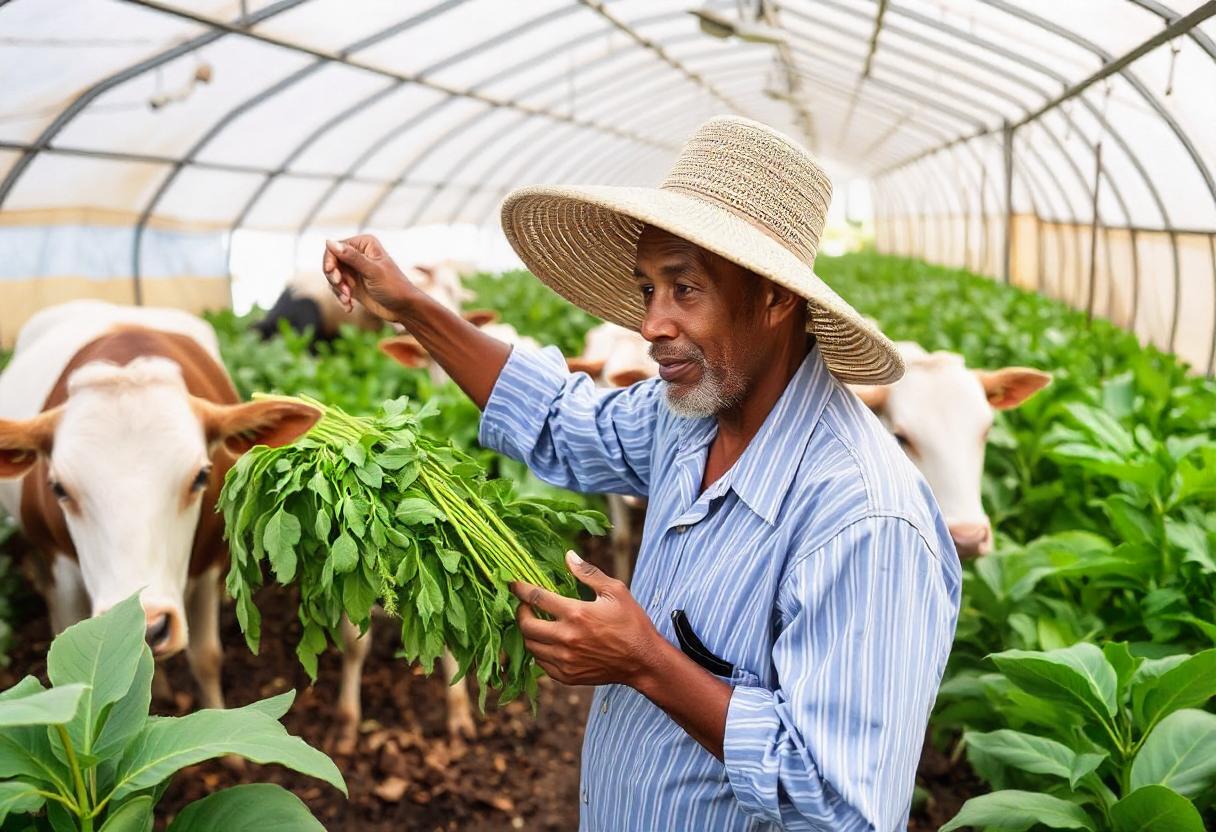
Commercial agriculture is a large-scale farming operation primarily aimed at producing crops and livestock for sale in domestic and international markets. It plays a crucial role in feeding the world’s growing population, supporting economies, and providing raw materials for industries. Unlike subsistence farming, where farmers grow food mainly for their families or local consumption, commercial agriculture focuses on maximizing production for profit, utilizing advanced technologies, mechanization, and modern farming practices.
Evolution of Commercial Agriculture
The development of commercial agriculture dates back to the Industrial Revolution, when advances in machinery and transportation made it easier to farm large areas of land and transport goods over long distances. As countries industrialized, the demand for food increased, prompting farmers to adopt new methods to scale up production. The Green Revolution of the mid-20th century further accelerated this growth, introducing high-yield crop varieties, synthetic fertilizers, and pesticides that significantly boosted agricultural output.
Today, commercial agriculture is a global industry, with major production centers in North and South America, Europe, Africa, and Asia. Countries such as the United States, Brazil, and China are known for their large-scale commercial farms that produce a variety of crops including wheat, corn, soybeans, and rice.
Types of Commercial Agriculture
Commercial agriculture can be categorized into several types based on the products being cultivated or raised. These include:
- Crop Farming: This is the most common form of commercial agriculture, involving the large-scale cultivation of crops such as grains, vegetables, and fruits. Modern crop farming relies on mechanized equipment, irrigation systems, and chemical inputs to enhance productivity and efficiency.
- Livestock Farming: This involves the rearing of animals for meat, dairy, wool, and other products. Livestock farming can range from beef cattle ranching in the United States to poultry farming in countries like China and Brazil. Large-scale operations often use feedlots and breeding techniques to maximize output.
- Mixed Farming: In some commercial farming systems, farmers engage in both crop cultivation and livestock rearing. This approach allows for more efficient use of resources, as waste products from livestock can be used to fertilize crops.
- Plantation Agriculture: This form of agriculture is practiced primarily in tropical regions, where crops like coffee, tea, rubber, and palm oil are grown for export. Plantations typically focus on a single cash crop and operate on a large scale, often with labor-intensive practices.
- Horticulture: Commercial horticulture involves the production of fruits, vegetables, flowers, and ornamental plants. This type of farming is usually done on a smaller scale compared to cereal farming but is often more profitable due to the high demand for fresh produce and specialty crops.
Key Features of Commercial Agriculture
One of the defining features of commercial agriculture is its reliance on modern technology and inputs to maximize production. These include:
- Mechanization: Tractors, harvesters, and other machines have replaced traditional labor-intensive methods, allowing farmers to work more efficiently and manage larger areas of land. Precision farming, using GPS and sensors, further optimizes resource use and reduces waste.
- Chemical Inputs: Fertilizers, pesticides, and herbicides are widely used in commercial agriculture to enhance soil fertility and protect crops from pests and diseases. While these inputs increase yields, there are concerns about their environmental impact, such as soil degradation and water pollution.
- Irrigation Systems: In regions with insufficient rainfall, commercial farms often rely on advanced irrigation techniques, such as drip irrigation and sprinkler systems, to ensure crops receive adequate water. This is especially important in arid regions or for crops that require consistent moisture.
- Genetically Modified Organisms (GMOs): The use of GMOs is another feature of modern commercial agriculture. GMOs are crops that have been genetically engineered to be more resistant to pests, diseases, and environmental stressors. While controversial in some parts of the world, GMOs have contributed to higher yields and improved food security.
Economic and Environmental Impacts
Commercial agriculture is a major contributor to the global economy, providing employment, generating income, and supporting trade. In many countries, agricultural exports form a significant portion of national revenue. For example, the United States exports large quantities of corn and soybeans, while Brazil is a leading exporter of beef and coffee.
However, the intensification of commercial agriculture has also led to several environmental challenges. Deforestation, soil erosion, loss of biodiversity, and water scarcity are just some of the negative consequences of large-scale farming. The overuse of chemical inputs can lead to soil degradation, while monoculture practices (growing the same crop year after year) deplete soil nutrients and increase vulnerability to pests and diseases.
Additionally, commercial agriculture is a significant source of greenhouse gas emissions, particularly from livestock farming. Cattle produce methane, a potent greenhouse gas, while the use of synthetic fertilizers contributes to nitrous oxide emissions. As the global demand for food continues to rise, addressing the environmental impacts of commercial agriculture has become a pressing concern.
Global Trade and Food Security
Commercial agriculture plays a central role in the global food trade. Many countries depend on imports to meet their food needs, especially those with limited arable land or unfavorable climates for farming. As a result, agricultural exports have become a vital part of international trade.
However, the reliance on commercial agriculture for food production can also create vulnerabilities in the global food system. Weather events, such as droughts or floods, can disrupt production, leading to food shortages and price fluctuations. Similarly, trade restrictions or geopolitical tensions can affect the availability of certain crops or livestock products.